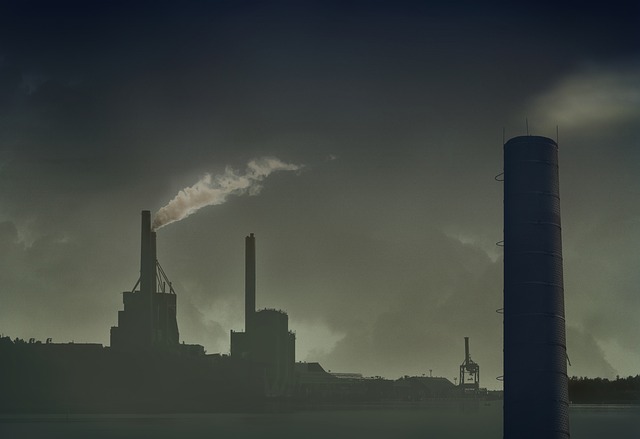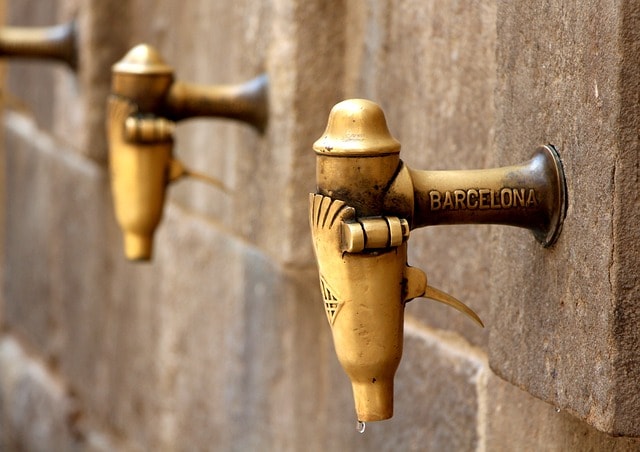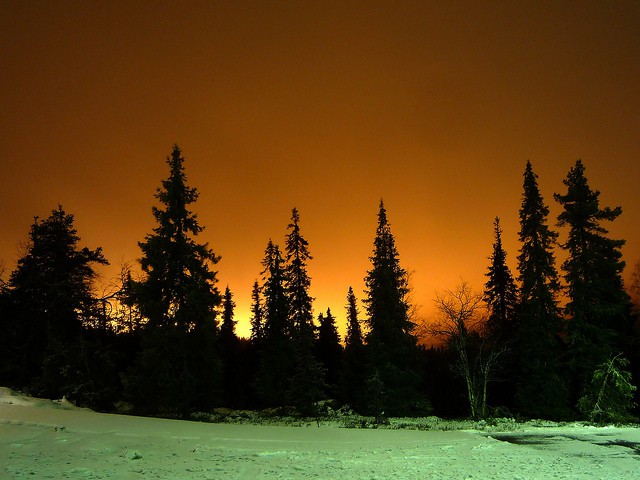5 Deadly Effects of Air Pollution

Air pollutants can potentially harm human and animal health, damage or hinder vegetation growth, and can make the living conditions in the environment unbearable. In most regions of the world, air pollution has adversely affected people and the environment in various aspects.
The short-term and long-term effects of air pollution as experienced across the world are as outlined below.
1. Hazardous to Human Health
Air pollution threatens the human health in various ways. It causes lung disease and other respiratory problems. On numerous occasions, there is a proven huge connection between human health and air pollution, especially about premature deaths in many developing countries and even the developed world. According to World Health Organization (WHO) report in 2013, it postulates that air pollution causes about two million premature deaths annually. Furthermore, the WHO report emphasizes that majority of the deaths are experienced in developing countries.
In the United States, for example, about 40,000 people die prematurely owing to air pollution annually, and the numbers are higher in developing countries. The report indicated that in India, air pollution is responsible for more than 500,000 premature deaths annually. The premature deaths are caused by the air pollutants in the form of particulate matter that people breathe in.
The effects on the body are usually dependent on duration of exposure and also the type and concentration of the particles or chemicals. The immediate effects are upper respiratory infections like pneumonia and bronchitis or irritation of the nasal cavity and eyes. The long term effects are chronic respiratory disorders, heart diseases, lung cancer, and even serious harm to the liver, kidney, nerves, and the brain. Long-term exposure to air pollution also adversely affects the lungs of young and growing children and may worsen medical conditions among the aged people. Perhaps, this is the reason air pollution is perceived as a relentless and quiet killer.
2. Acid Rain
When the particles, chemicals, and pollutant gasses present in the atmosphere chemically react with water molecules and oxygen, they form acidic compounds. These acid compounds cause damage to vegetations, buildings, and the environment in general. In most cases, the air pollutants such as Nitrogen Oxides (NOx) and Sulfur Dioxide (SO2) reacts to create mild nitric and sulfuric acidic respectively. These acidic chemical compounds then combine with various forms of precipitation such as snow, fog, rain, or sleet to form “acid rain.”
When acid rain precipitates over an area, it causes serious environmental harm and might as well kill aquatic life, animals, trees, and crops. Acid rain damages the leaves of the plants and crops that are needed for photosynthesis thus, destroying or killing crops and plants. It also makes surface waters such as lakes and rivers acidic by altering their chemistry thereby harming or killing fish and other aquatic life. Similarly, acid rain can alter the soil chemistry by means of infiltration hence, hindering soil microbial activity. Throughout North America and Europe, acid rain has for a long time adversely affected aquatic life in lakes.
3. Eutrophication
Eutrophication refers to the process whereby a water body acquires excessive concentrations of nutrients, particularly owing to runoff deposits of nitrates and phosphates. As a result, it usually encourages the dense growth of plant life and algae. When the plant life and algae die and decompose, the resultant organic matter quickly depletes the available oxygen in the water causing the death of animal life such as fish.
On this basis, the chemical compounds formed by air pollution are carried by rainwater runoff that is then deposited in water bodies and soils. These deposits, in turn, increase the nutrient levels in water bodies and soils that result in the growth of algae and which make the condition unfavorable for the survival of fish and other aquatic animals.
4. Ground-level Ozone
Ground-level ozone, unlike the commonly known good protective ozone layer in the atmosphere, refers to a harmful ozone layer created by chemical reactions between nitrogen oxides (NOx) and volatile organic compounds (VOCs) catalyzed by the presence of heat and sunlight. Oxides of nitrogen and VOCs are emitted on a daily basis through air pollution.
The sources of NOx and VOC emissions include manufacturing industries, fossil fuel combustions, chemical solvents, and paints. When these emissions are released into the atmosphere combined with favorable weather, especially high temperatures and heat of about 60 to 90 degrees, ground-level ozone forms. Highest ground-level ozone formations are commonly realized during hot months, mainly in summer.
Ground-level ozone is a recipe for climate change and global warming. Climate change refers to the alteration of weather patterns while global warming pertains to an extreme increase in the global atmospheric temperatures that can seriously affect ecosystems and agriculture. Inhaling ozone can also cause a range of health disorders especially for children, the elderly, and people with lung and respiratory diseases like chronic bronchitis or asthma.
5. Other Effects
Apart from the widespread effects of human and animal health as well as the damaging impacts to the environment and vegetations, air pollution also affects our surrounding in several ways. At times when one takes a keen look at the streets of big cities, it is easy to spot how blackened some of the buildings look. The trend is widespread and evident even in places where power plants or factories do not exist.
The blackening of the buildings is predominantly caused by exhaust and soot from cars, buses, or heavy duty tracks. Accordingly, it usually necessitates the need for repainting from time to time, further generating emissions from paints and chemical solvents. Besides, exhaust fumes contribute to acid rain that leads to weathering of buildings, corrosion of metals, and peeling of paints on surfaces.






